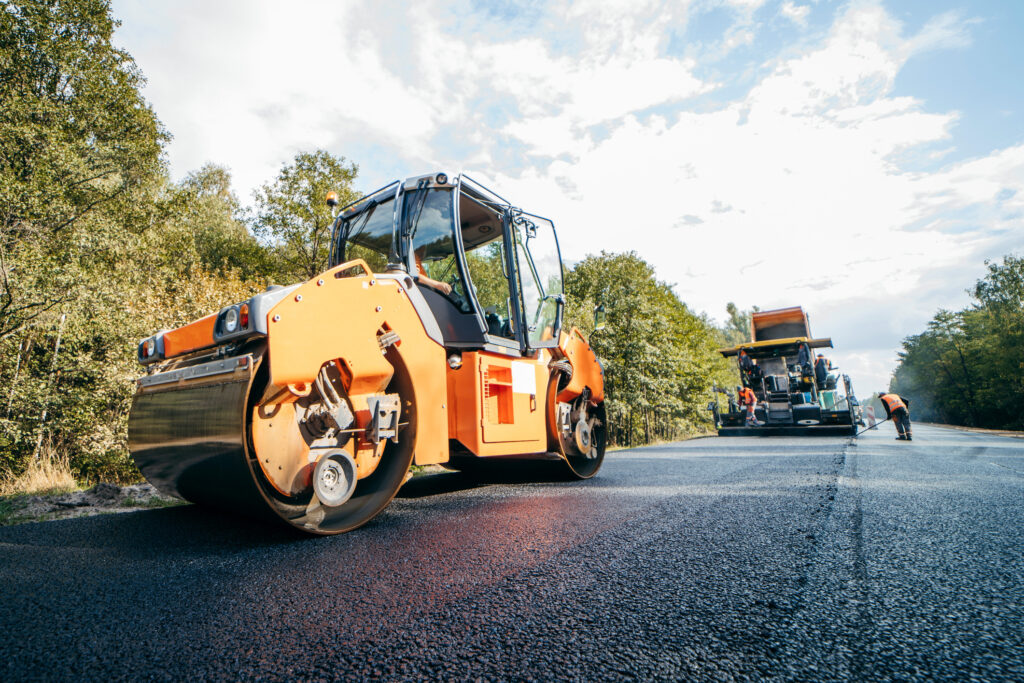Bus travel surges in popularity

Bus travel surges in popularity
Megabus.com and BoltBus led the way as U.S. curbside bus companies boosted trips by 32 percent this year, as travelers opted to leave their cars behind and surf the Internet while traveling, DePaul University researchers said.
The popularity of U.S. intercity buses picking up passengers at the curb rather than in a terminal has been growing since the industry reversed a 46-year decline in 2006, Joseph Schwieterman, director of DePaul’s Chaddick Institute for Metropolitan Development in Chicago, said in a telephone interview with Bloomberg. Bus traffic including traditional service grew this year at the fastest pace since 2008, the institute said in a study scheduled for release today.
Higher gasoline costs make driving a car more expensive at the same time as buses offer access to free Wi-Fi and cheaper fares than planes and trains, Schwieterman said. Once viewed as a last resort in the United States, bus travel is now attracting more affluent riders, students and women traveling alone, he said.
“Bus travel is suddenly cool,” Schwieterman said. “There’s a fatigue over driving combined with a revitalized image of the bus.”
Daily intercity curbside bus departures increased to 778 from 589 a year ago, according to a DePaul study to be published today. Scheduled departures for the total bus industry, which includes Greyhound Lines, increased 7.1 percent to 2,693. That compares with a gain of 1.5 percent for airline seat miles and 1.2 percent for rail seat miles, according to the study.
The institute’s annual snapshot of the bus industry is based on the number of industrywide departures on one Friday in December.
Megabus.com and BoltBus led the way as U.S. curbside bus companies boosted trips by 32 percent this year, as travelers opted to leave their cars behind and surf the Internet while traveling, DePaul University researchers said.
The popularity of U.S. intercity buses picking up passengers at the curb rather than in a terminal has been growing since the industry reversed a 46-year decline in 2006, Joseph Schwieterman, director of DePaul’s Chaddick Institute for Metropolitan Development in Chicago, said in a telephone interview with Bloomberg. Bus traffic including traditional service grew this year at the fastest pace since 2008, the institute said in a study scheduled for release today.
Higher gasoline costs make driving a car more expensive at the same time as buses offer access to free Wi-Fi and cheaper fares than planes and trains, Schwieterman said. Once viewed as a last resort in the United States, bus travel is now attracting more affluent riders, students and women traveling alone, he said.
“Bus travel is suddenly cool,” Schwieterman said. “There’s a fatigue over driving combined with a revitalized image of the bus.”
Daily intercity curbside bus departures increased to 778 from 589 a year ago, according to a DePaul study to be published today. Scheduled departures for the total bus industry, which includes Greyhound Lines, increased 7.1 percent to 2,693. That compares with a gain of 1.5 percent for airline seat miles and 1.2 percent for rail seat miles, according to the study.
The institute’s annual snapshot of the bus industry is based on the number of industrywide departures on one Friday in December.








